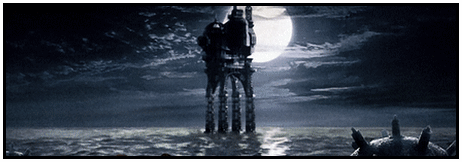
Influences & Inspirations
"One of the themes in 'Baroque' is 'diversity'... We have to accept that and go on living diverse lives." -Kazunari Yonemitsu.
“Great Heat Wave Radio #8.” Note, May 16 2023.
1998’s “Baroque” cast aside Japanese social norms and crafted a story that focused instead on people and aspects of life that most prefer to ignore: the diseased, deformed, and dispossessed - all of whom are trying desperately to survive in a hostile world full of twisted, intricate beauty. This article will be exploring the rich lineage of sympathetic and insightful fiction that inspired these bold creative choices in Baroque.

Urban Decay
Traditional fantasy and science fiction settings evoke beauty and awe through grand, sweeping structures and shining, glittering environments that draw from an optimism about humanity’s potential for a brighter tomorrow. Yonemitsu’s creative inspirations, on the other hand, manage to evoke a much richer beauty by going in entirely the opposite direction.
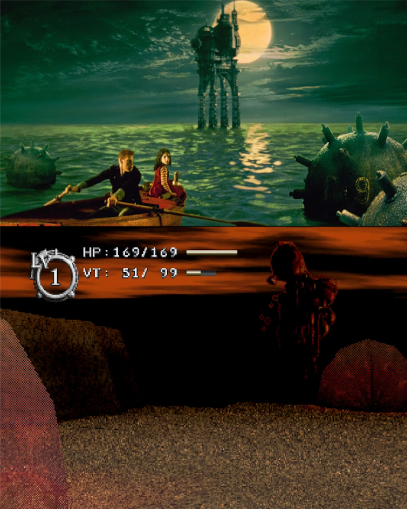
These works revel in the twisted, rotting remains of civilizations past their prime. Films like Katsuhiro Otomo’s “Cannon Fodder” and Jeanne-Pierre Jeunet’s “Delicatessen” and “the City of Lost Children” were initially used as visual references to get Baroque’s design team on the same page. The influence of “City of Lost Children” appears to have been particularly prominent, as the landscape created by the film’s decrepit oil rig and rusted naval mines is echoed in the approach to the Nerve Tower, flanked on either side by spiked Sense Spheres. Although not directly cited as a visual reference, the destitute neighborhoods of Shunji Iwai’s “Swallowtail Butterfly” also share these aesthetics.
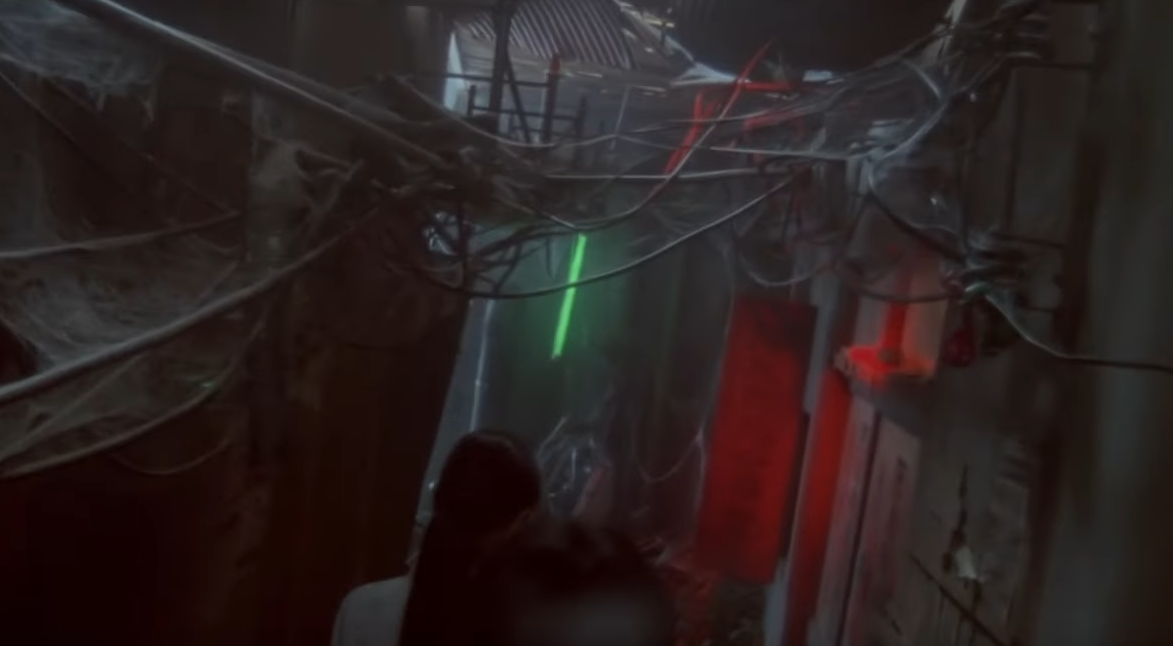
Diversity
Many of Baroque’s themes appear to function on the basis that people with atypical circumstances, backgrounds, and struggles often cause society discomfort. Most people find it easier to just avert their gaze from the elements of life they find unpleasant. This is why popular entertainment either avoids these tropes or depicts uplifting, unrealistic stories in which the downtrodden pull themselves up by their own bootstraps. But again, Baroque’s lineage chooses instead to focus on the harsher elements of life.
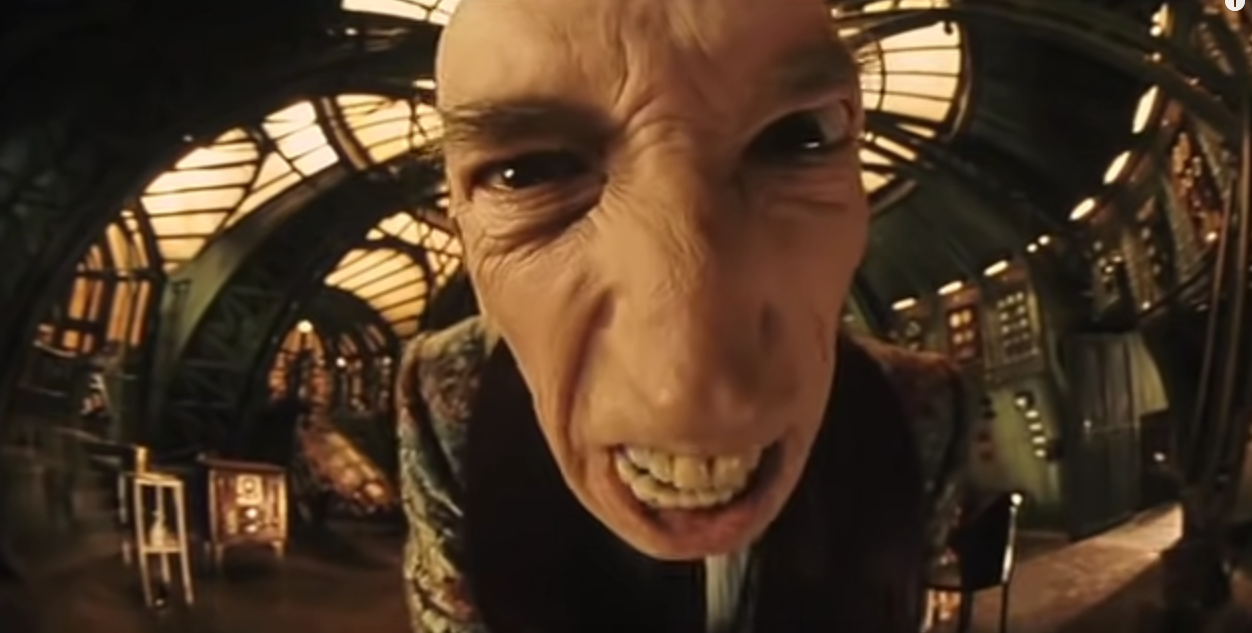

From the starving inhabitants of “Delicatessen” who have resorted to cannibalism, to the bizarre and eclectic cast of “The City of Lost Children” (including conjoined twins and an amnesiac who exists as several clones), these films feature casts of characters who would traditionally be viewed as unsightly or commercially unviable. Jeunet’s casting focuses on actors with unconventional appearances and films them in a way that creates exaggerated caricatures. Meanwhile, “Swallowtail Butterfly” is a story revolving around poverty and xenophobia, which sports an incredibly diverse cast of so-called “undesirables” due to their race and status. Because of the multicultural cast, the film’s dialogue constantly switches between multiple languages. The film’s practice of having several terms for the same concept (or rather one term referring to several concepts) was carried over into Baroque’s sectarian naming conventions (such as the names “Idea Sefirah”, “Pure Water”, and “Crystal” all referring to the same thing). Additionally, both the endings of this film and Baroque come to similar, bittersweet conclusions.
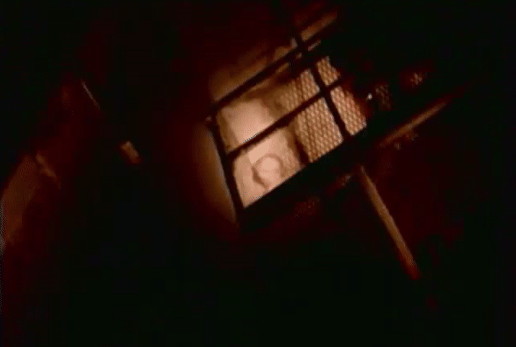
A rather ironic addition to this list is (neo-Nazi) Lars von Trier’s
“Riget” aka “The Kingdom”, which takes place in a corrupted, otherworldly
hospital and frequently focuses on how medical bureaucracy cares for the
sick and disabled purely for profit. It stars a pair of actors with Down
syndrome, and later features a monstrously deformed child who despite the
disgust he elicits from others, is a purely compassionate and sympathetic
character. While the ghost in the elevator shaft directly inspired the
apparition of Koriel #12’s deceased brother, “Riget” may have also
contributed to Baroque’s recurring themes of sickness, mercy-killing
of children, and a cataclysmic eruption of light.
(TW: Every episode of “Riget” contains footage of real
domesticated rats being actually shot to death)
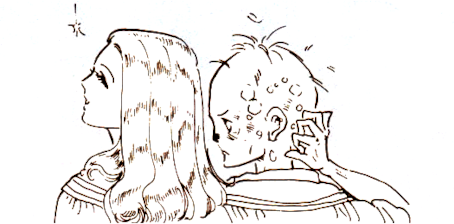
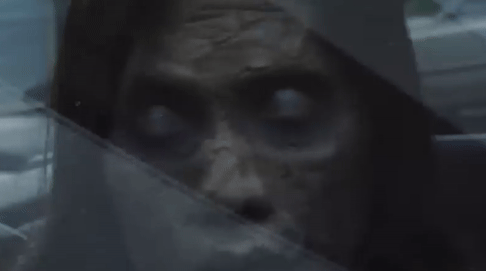
There are many other works with traditionally “unpleasant” premises which have left their mark on Baroque, such as Moto Hagio’s manga “Hanshin” (about the resentment and identity confusion that a conjoined twin feels towards her sister) and the surreal imagery from the Japanese TV series “Night Head” (such as Koriel #12’s spasming eyes). The latter was also used as a reference for Baroque’s soundtrack after Yonemitsu’s instructional poetry only served to further confuse Masaharu Iwata.
Queer Themes
Amongst Baroque fans, myself included, is a common perception that the game is heavily queer coded. I recently wrote into Yonemitsu’s Baroque column to see if there was any truth to this. Yonemitsu had this to say:
"...[Summer Vacation 1999] was a film starring only four boys, all of whom were portrayed by girls. It was a film that beautifully depicted a twisting of gender. From things like the tone of the dialogue to the artificial enclosed spaces, the influence of this film on Baroque is immeasurable. But above all, it was that “twisted beauty” of “Summer Vacation 1999” that truly ran through the foundation of Baroque. However, I would not have known of the term LGBT at the time. I wasn’t conscious of it directly, but upon recollection, my work was being guided by themes which traced back to that point."
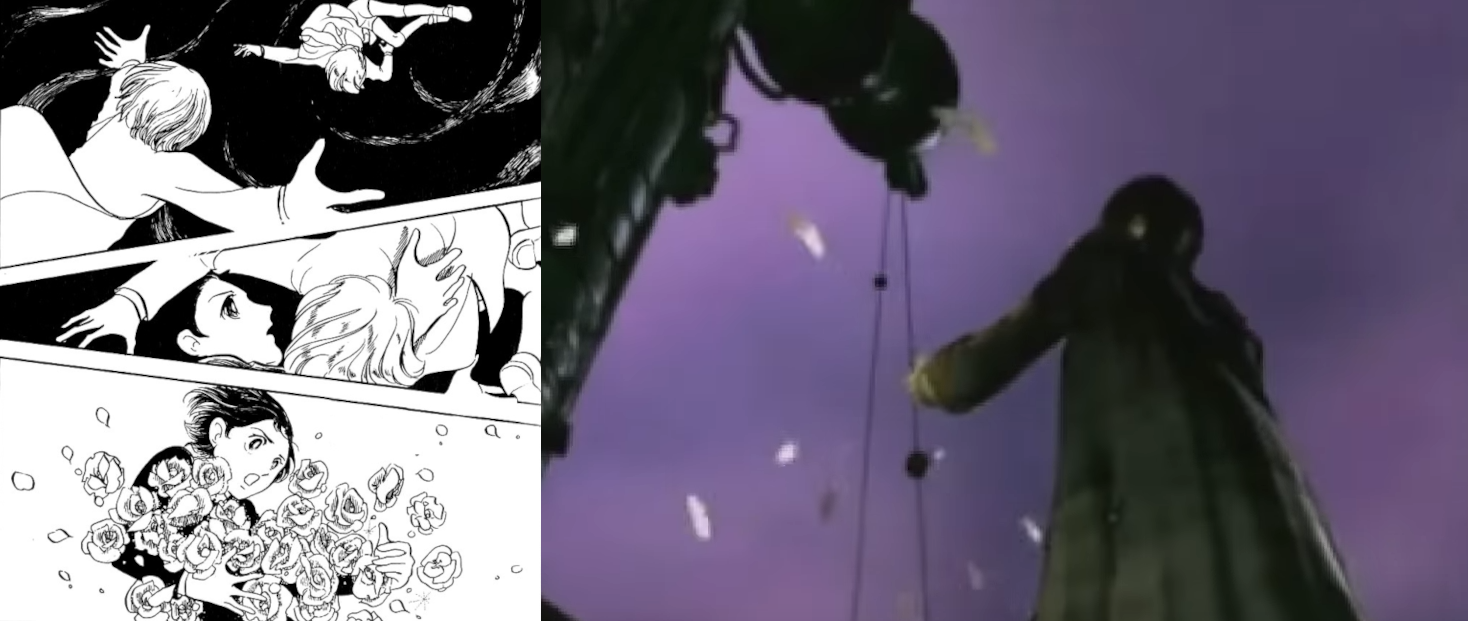
These “guiding themes” are abundant in many of Baroque’s inspirations. “Summer Vacation 1999” serves as a rough adaptation to Moto Hagio’s “The Heart of Thomas”, which Yonemitsu paid direct homage to during the cutscene in which Koriel #12’s brother falls and bursts into feathers. Both the manga and the film extensively focus on gay characters who blur the lines between genders in their appearance and behavior. This is likely why Baroque’s protagonist is voiced by “Summer Vacation 1999” actress Minami Takayama in promotional materials. Yonemitsu has also cited Peter Jackson’s film about a delusional lesbian couple, “Heavenly Creatures”, as an inspiration - a work that very well could have influenced the concept of Baroques, the murders of “Baroquism Syndrome”, and the design of the Lovers Grotesque (which eschews heteronormative imagery for a fusion of two female figures and is named after a song that prominently appears in the film).
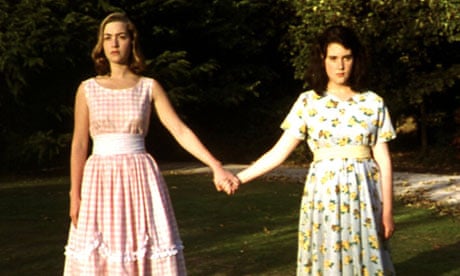
While Japan still doesn’t recognize gay marriage and enforces draconian policies such as the forced sterilization of trans people, Yonemitsu has used his inspirations to create a world filled with characters who don’t fit into traditional views of gender and sexuality - whether it be Alice’s use of male pronouns, Sack Thing’s completely androgynous presentation, or Urim/Thummim becoming a single person that is both male and female. Going even further, Baroque’s Guardian Angel was revealed to be one of the first transgender characters in video game history when she stated in the 1999 PS1 port: “The FLUIDITY of MY gender is a CRUCIAL PART of WHO I am, but PERSONALLY, sometimes I am TEMPTED to deny THAT”. This was alluded to a year prior in the initial publication of “23 Tales to Change the World #1”, when the Archangel claims to have a friend with gender-identity disorder. Yonemitsu has confirmed that this “friend” being the Guardian Angel is probable, but clarified that the Archangel could be describing any number of characters and encourages players to interpret these clues in their own way - opening the door to endless possible ways in which the player’s own struggles and identity may be reflected through the game.
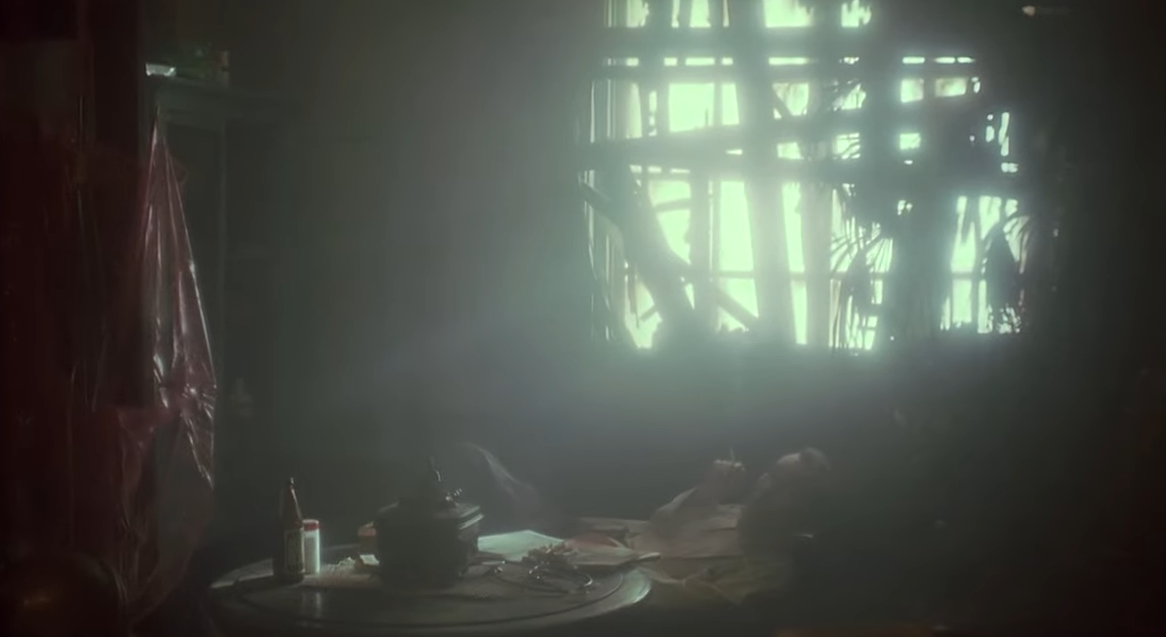
Conclusion
While this article does not extend to Yonemitsu’s more traditional literary inspirations (the grotesque horror of Edogawa Ranpo’s fiction and Bin Kimura’s work in the field of psychology), Baroque’s strong stance on diversity and acceptance is unmistakable. This was revolutionary for a game in 1998, especially in a country as socially conservative as Japan. But no matter where you live in the world, this game is still just as relevant today.
Yonemitsu has said that the Nerve Tower can be taken literally as the nervous system of God, or as a metaphorical dive into the deepest, darkest part of your own mind - where the things you don’t want to acknowledge about yourself reside. As someone who has recently come out as transgender and begun medically transitioning in the midst of an increasingly hostile sociopolitical climate, I have found Baroque to be both immensely comforting and empowering. Whether it’s the Guardian Angel’s extremely relatable desire to repress her gender identity or the protagonist’s repetitive psychological struggles in becoming one with the Creator and Preserver (an entity that the Archangel suggests took female form due to the protagonist’s sex), this game resonates with my personal experiences on a profound level.
The game at no point implies that deviating from the standards of society is anything to be ashamed of. Yonemitsu almost seems to be speaking directly to the player through Urim/Thummim when they state “Everyone is distorted / so I think it’s a mistake to condemn anyone over their distortions.” As oysters form pearls around impurities in their bodies, so too does the Creator and Preserver of Baroque appear to have formed life from distorted data that, when broken down to its most basic form, takes the shape of pearl-like crystals. We are all distorted beings, and as Sack Thing’s Hertel states, “In a Baroque world, believe that there is beauty in absolute distortion.”

Postscript
This article was (re)written to commemorate Pride Month 2023, as spreading awareness has become more important than ever. For the last few years I was losing the ability to feel any kind of sustained happiness under the weight of all the rootless melancholy and anxiety stemming from my dysphoria. I began lashing out at everything until I was left almost entirely numb and dissociative. If it weren’t for the constant love and support of my partner, I wouldn’t even be here right now.
The struggles never really go away entirely, but gender affirming care and HRT have completely turned my life around. Life feels worth living again. If you or someone you know is struggling, there are probably resources nearby. Here’s the map my partner used to find a gender-affirming clinic near me. Real world bigots with delusions of purity are scrambling to make resources like these inaccessible, but know that mail-order DIY therapy can be viable provided you do your research and get regular testing done.









